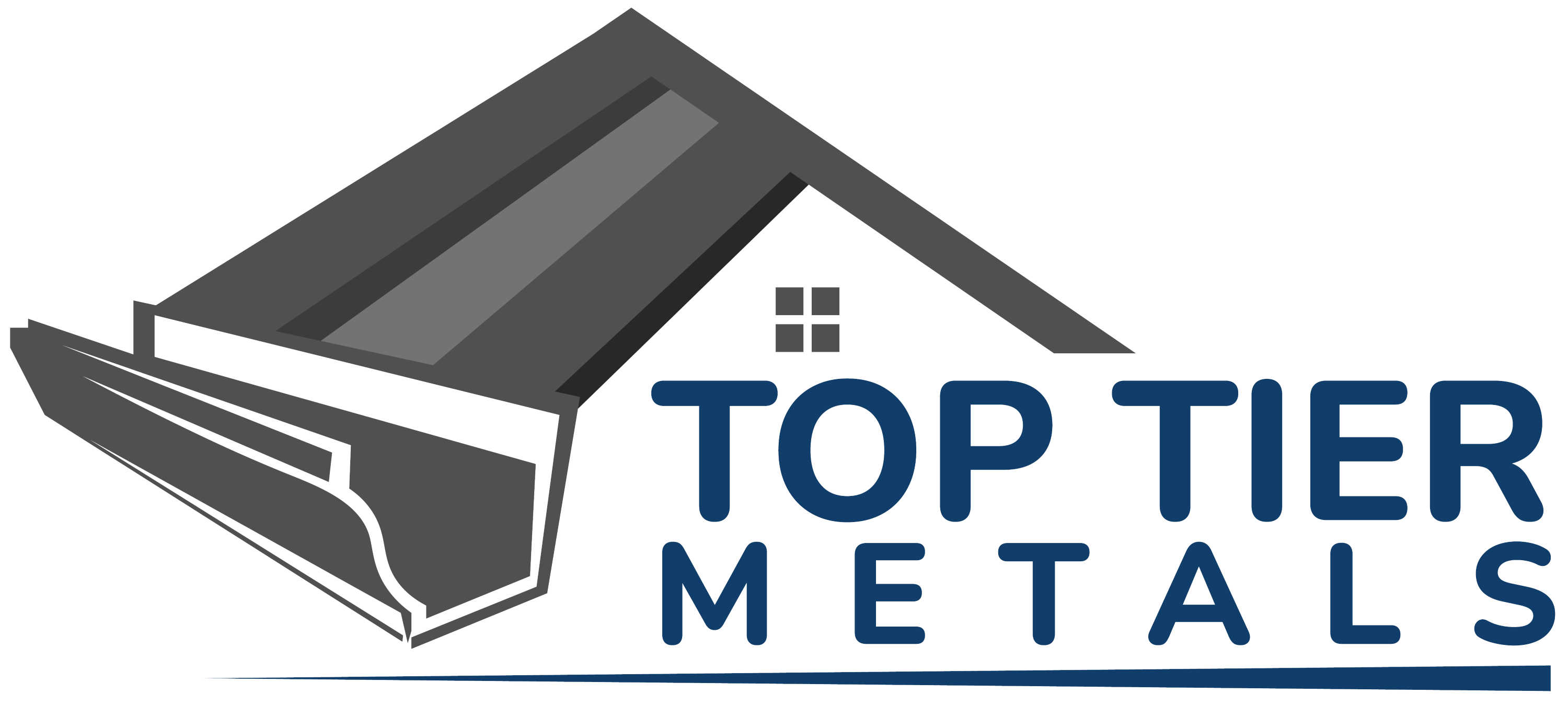Installing a metal roof is a smart investment for any homeowner, offering unmatched durability, energy efficiency, and a sleek, modern aesthetic. However, the installation process is precise and demands careful attention to detail. Whether you're a seasoned DIYer or hiring a contractor, avoiding key mistakes during installation is critical to ensuring the roof performs as it should for decades.
Below is a deep dive into the top 10 most common (and costly) mistakes people make when installing a metal roof—plus how to avoid them.
1. Improper Panel Alignment
Why it matters:
Metal roofing panels must be aligned with absolute precision. Even minor misalignments can throw off the rest of the roof and create visible seams, uneven ridges, or water pooling.
How to avoid it:
-
Start square from the eave edge.
-
Use chalk lines as guides.
-
Double-check measurements and overhangs before fixing panels permanently.
2. Inadequate or Missing Underlayment
Why it matters:
Underlayment acts as a secondary barrier to moisture, wind, and temperature changes. Skipping this layer, or using the wrong type, can lead to condensation issues, mold, and reduced energy efficiency.
How to avoid it:
-
Always install a high-quality synthetic or waterproof underlayment.
-
In cold climates, use ice and water shield along eaves and valleys.
-
Ensure underlayment is properly fastened and overlaps as recommended.
3. Improper Fastener Placement and Overtightening
Why it matters:
Fasteners are crucial to keeping panels secure. If placed incorrectly or overtightened, they can distort the panel, cause leaks, or back out over time.
How to avoid it:
-
Place fasteners in the flat of the panel for exposed fastener systems (unless otherwise instructed).
-
Don’t overtighten—compressing washers can lead to premature degradation.
-
Use the correct screw type and length for the material and substrate.
4. Failing to Account for Thermal Expansion and Contraction
Why it matters:
Metal expands and contracts with temperature changes. If this movement isn’t allowed for, it can lead to buckling, oil canning, and even tearing of the panels over time.
How to avoid it:
-
Use slotted fasteners or floating clips on standing seam systems.
-
Leave space between trim and panels when required.
-
Follow manufacturer expansion guidelines for spacing.
5. Poor Flashing Installation
Why it matters:
Flashing is used to seal roof transitions like valleys, chimneys, skylights, and walls. Poor flashing installation is one of the top causes of leaks.
How to avoid it:
-
Use properly formed and sealed flashing at all junctions.
-
Apply sealant or butyl tape under flashing pieces as needed.
-
Don’t reuse old flashing—match materials and colors for consistency.
6. Ignoring Ventilation Requirements
Why it matters:
Improper attic ventilation can cause moisture buildup, ice dams in winter, or excessive attic heat in summer. All of these can reduce your roof’s lifespan.
How to avoid it:
-
Include balanced intake (soffit) and exhaust (ridge or gable) vents.
-
Never block airflow with insulation.
-
Consult local building codes for ventilation requirements.
7. Choosing the Wrong Type of Panel for the Application
Why it matters:
Not all metal panels are created equal. Using agricultural-grade or thin-gauge panels on a residential roof can lead to problems with noise, strength, and corrosion resistance.
How to avoid it:
-
Choose residential-grade panels with appropriate coatings and warranties.
-
Use concealed fastener systems like standing seam for low-slope or high-end projects.
-
Understand the difference between galvalume, galvanized, aluminum, and copper.
8. Neglecting to Install Closure Strips or Foam Inserts
Why it matters:
Openings under ridge caps or eaves can allow wind-driven rain, insects, and debris to enter the roof system.
How to avoid it:
-
Install foam closures where panels meet trim.
-
Use vented closures when necessary for airflow.
-
Don’t cut corners on sealing the building envelope.
9. Not Prepping the Roof Deck Properly
Why it matters:
A solid and clean roof deck is essential for metal panel adherence and long-term structural integrity. Uneven or damaged decking can compromise the installation.
How to avoid it:
-
Inspect the entire roof deck before beginning.
-
Replace rotted wood, high nails, or sagging areas.
-
Ensure the deck is dry, clean, and properly fastened.
10. Skipping Manufacturer Instructions and Best Practices
Why it matters:
Each metal roofing system has specific installation requirements. Disregarding these can void warranties or lead to improper installation.
How to avoid it:
-
Read and follow all manufacturer installation manuals.
-
Use recommended tools, fasteners, and accessories.
-
Attend installation training (offered by some suppliers) or hire certified professionals.
Conclusion: Avoiding Mistakes Leads to Long-Term Success
Installing a metal roof offers tremendous benefits—but only if it's done correctly. Each mistake above may seem minor on its own, but when compounded, they can result in water leaks, structural damage, warranty voids, and costly repairs.
Whether you're taking on a DIY metal roof installation or hiring a contractor, understanding these common errors empowers you to plan smarter, supervise better, and ensure your new roof performs to its full potential for decades to come. Metal roofing is an investment—make sure it’s protected from day one.






